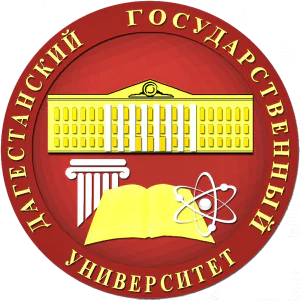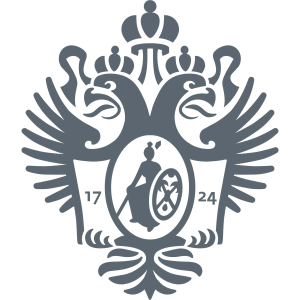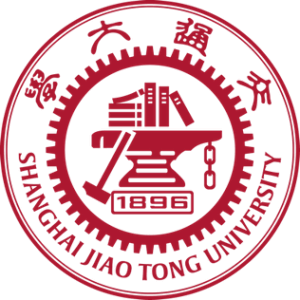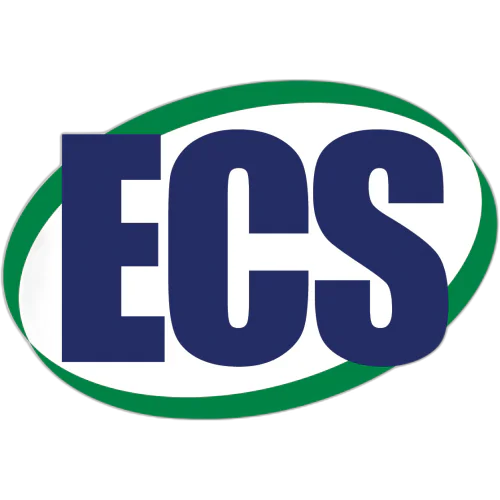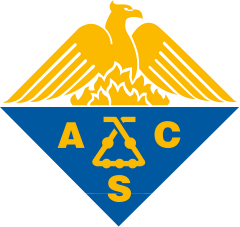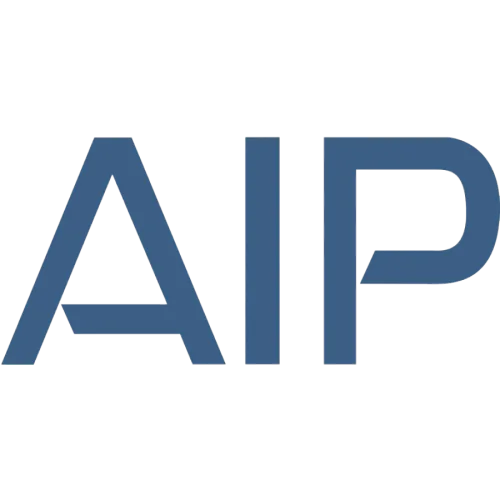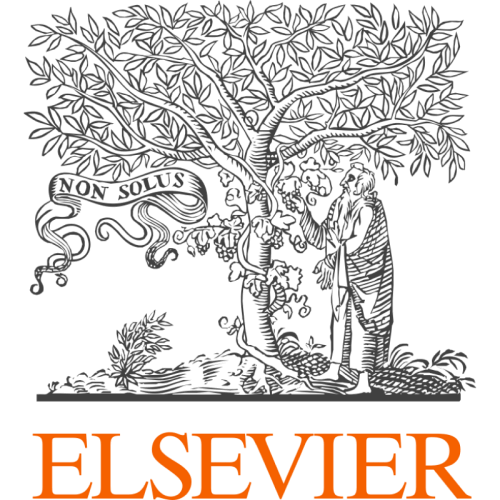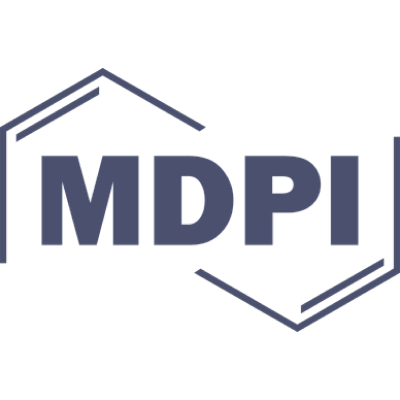Open Access


The ferroelectric field-effect transistor with negative capacitance
Publication type: Journal Article
Publication date: 2022-03-28
scimago Q1
wos Q1
SJR: 2.835
CiteScore: 16.3
Impact factor: 11.9
ISSN: 20573960
Computer Science Applications
General Materials Science
Mechanics of Materials
Modeling and Simulation
Abstract
Integrating ferroelectric negative capacitance (NC) into the field-effect transistor (FET) promises to break fundamental limits of power dissipation known as Boltzmann tyranny. However, realizing the stable static negative capacitance in the non-transient non-hysteretic regime remains a daunting task. The problem stems from the lack of understanding of how the fundamental origin of the NC due to the emergence of the domain state can be put in use for implementing the NC FET. Here we put forth an ingenious design for the ferroelectric domain-based field-effect transistor with the stable reversible static negative capacitance. Using dielectric coating of the ferroelectric capacitor enables the tunability of the negative capacitance improving tremendously the performance of the field-effect transistors.
Found
Nothing found, try to update filter.
Found
Nothing found, try to update filter.
Top-30
Journals
|
1
2
3
|
|
|
IEEE Transactions on Electron Devices
3 publications, 5.56%
|
|
|
Advanced Electronic Materials
3 publications, 5.56%
|
|
|
Scientific Reports
3 publications, 5.56%
|
|
|
ECS Journal of Solid State Science and Technology
2 publications, 3.7%
|
|
|
ACS Applied Electronic Materials
2 publications, 3.7%
|
|
|
Applied Physics Letters
2 publications, 3.7%
|
|
|
Physical Review Applied
2 publications, 3.7%
|
|
|
Journal of Applied Physics
2 publications, 3.7%
|
|
|
IEEE Access
1 publication, 1.85%
|
|
|
Journal of Supercomputing
1 publication, 1.85%
|
|
|
Computer Physics Communications
1 publication, 1.85%
|
|
|
IEEE Journal of the Electron Devices Society
1 publication, 1.85%
|
|
|
Neuromorphic Computing and Engineering
1 publication, 1.85%
|
|
|
AIMS Electronics and Electrical Engineering
1 publication, 1.85%
|
|
|
Nano Express
1 publication, 1.85%
|
|
|
Materials Today Nano
1 publication, 1.85%
|
|
|
Semiconductor Science and Technology
1 publication, 1.85%
|
|
|
Journal of Materiomics
1 publication, 1.85%
|
|
|
Small
1 publication, 1.85%
|
|
|
Surfaces
1 publication, 1.85%
|
|
|
Communications Materials
1 publication, 1.85%
|
|
|
AEU - International Journal of Electronics and Communications
1 publication, 1.85%
|
|
|
Nanotechnology
1 publication, 1.85%
|
|
|
Nano Research
1 publication, 1.85%
|
|
|
APL Materials
1 publication, 1.85%
|
|
|
Micro and Nanostructures
1 publication, 1.85%
|
|
|
Journal of Computational Electronics
1 publication, 1.85%
|
|
|
Engineering Research Express
1 publication, 1.85%
|
|
|
Physics Reports
1 publication, 1.85%
|
|
|
1
2
3
|
Publishers
|
1
2
3
4
5
6
7
8
9
|
|
|
Institute of Electrical and Electronics Engineers (IEEE)
9 publications, 16.67%
|
|
|
Springer Nature
9 publications, 16.67%
|
|
|
Elsevier
9 publications, 16.67%
|
|
|
IOP Publishing
5 publications, 9.26%
|
|
|
Wiley
5 publications, 9.26%
|
|
|
AIP Publishing
5 publications, 9.26%
|
|
|
American Chemical Society (ACS)
3 publications, 5.56%
|
|
|
The Electrochemical Society
2 publications, 3.7%
|
|
|
American Physical Society (APS)
2 publications, 3.7%
|
|
|
American Institute of Mathematical Sciences (AIMS)
1 publication, 1.85%
|
|
|
MDPI
1 publication, 1.85%
|
|
|
Annual Reviews
1 publication, 1.85%
|
|
|
Taylor & Francis
1 publication, 1.85%
|
|
|
Royal Society of Chemistry (RSC)
1 publication, 1.85%
|
|
|
1
2
3
4
5
6
7
8
9
|
- We do not take into account publications without a DOI.
- Statistics recalculated weekly.
Are you a researcher?
Create a profile to get free access to personal recommendations for colleagues and new articles.
Metrics
54
Total citations:
54
Citations from 2024:
36
(66.67%)
Cite this
GOST |
RIS |
BibTex
Cite this
GOST
Copy
Luk'yanchuk I. et al. The ferroelectric field-effect transistor with negative capacitance // npj Computational Materials. 2022. Vol. 8. No. 1. 52
GOST all authors (up to 50)
Copy
Luk'yanchuk I., Razumnaya A., Sene A., Tikhonov Y., VINOKUR V. The ferroelectric field-effect transistor with negative capacitance // npj Computational Materials. 2022. Vol. 8. No. 1. 52
Cite this
RIS
Copy
TY - JOUR
DO - 10.1038/s41524-022-00738-2
UR - https://doi.org/10.1038/s41524-022-00738-2
TI - The ferroelectric field-effect transistor with negative capacitance
T2 - npj Computational Materials
AU - Luk'yanchuk, I.
AU - Razumnaya, Anna
AU - Sene, A.
AU - Tikhonov, Y.
AU - VINOKUR, V.M.
PY - 2022
DA - 2022/03/28
PB - Springer Nature
IS - 1
VL - 8
SN - 2057-3960
ER -
Cite this
BibTex (up to 50 authors)
Copy
@article{2022_Luk'yanchuk,
author = {I. Luk'yanchuk and Anna Razumnaya and A. Sene and Y. Tikhonov and V.M. VINOKUR},
title = {The ferroelectric field-effect transistor with negative capacitance},
journal = {npj Computational Materials},
year = {2022},
volume = {8},
publisher = {Springer Nature},
month = {mar},
url = {https://doi.org/10.1038/s41524-022-00738-2},
number = {1},
pages = {52},
doi = {10.1038/s41524-022-00738-2}
}


